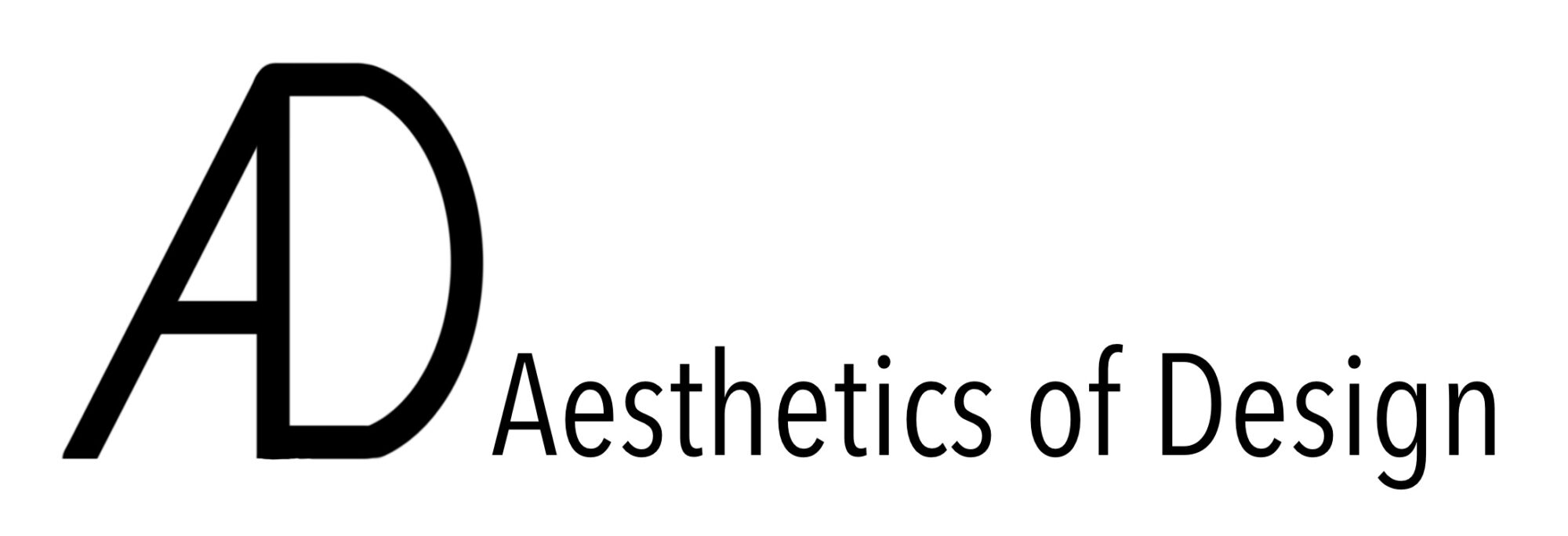
- Material Selection
- I have yet to decide whether 3D printing or another option is the way to go. If I go with the 3D printing route, then I would not have to worry about making things fit together. I would, however, need to consider how big of a piece I could actually print. I also need to take a 3D printing workshop since I’ve never used one before.
- Cost
- If the size of the 3D printed object is not a barrier, then cost could be a barrier. A spool is worth $25, which isn’t bad. My concern is that one spool may or may not be enough, so I need to do additional research. If 3D printing is not an option, acrylic has also been considered but that can also be pricey.
- Painting
- I plan on painting this to give it the Borderlands aesthetic. This is most likely to be either the second or first most time consuming portion of this project because painting requires a lot of time and patience to achieve my own personal satisfaction. I need to look into how prop-makers do their paint work. Airbrushing may not be an option because I don’t have access to those kind of tools, so it may be a mixture of spray painting and paint brushing.
- Programming
- This should be the third most time consuming portion of the project where I need to integrate the LCD monitors to the Arduino Nano. The code and schematics already exist, so getting it set up shouldn’t be a problem. Getting it to display what I want could be a challenge though.
- Quality
- In my mind, the final project should look professional and durable. But I am worried that the final product will look cheap and flimsy. For example, the 3D printed surface may be jagged or porous and appear like foam. I wonder if I would be able to sand down a plastic surface and achieve a nice look. On top of that, painting it could easily make it look cheap, so I need to work on test pieces first before I work on the final product.

2 Comments. Leave new
You could 3D print a structure, and then add some sort of finishing surface- maybe a layer of spackle and paint?
Smoothing down with acetone is a good idea too!
Programming wise- maybe you can find someopen source code online to work from?
It’s a little expensive, but you could use one of the high quality 3D printers in the ITLL. The Objet and uPrint have pretty decent tolerances. If you’d rather save some cost and print a few prototypes, prepare to spent a lot of time and filament printing it in the Lulzbots. If you decide to go the 3D printing route, you can smooth the print layers down with some acetone. I wouldn’t recommend sanding it, as that can make it even more jagged than before.
If you go with acrylic, would you be laser cutting it, or machining it?